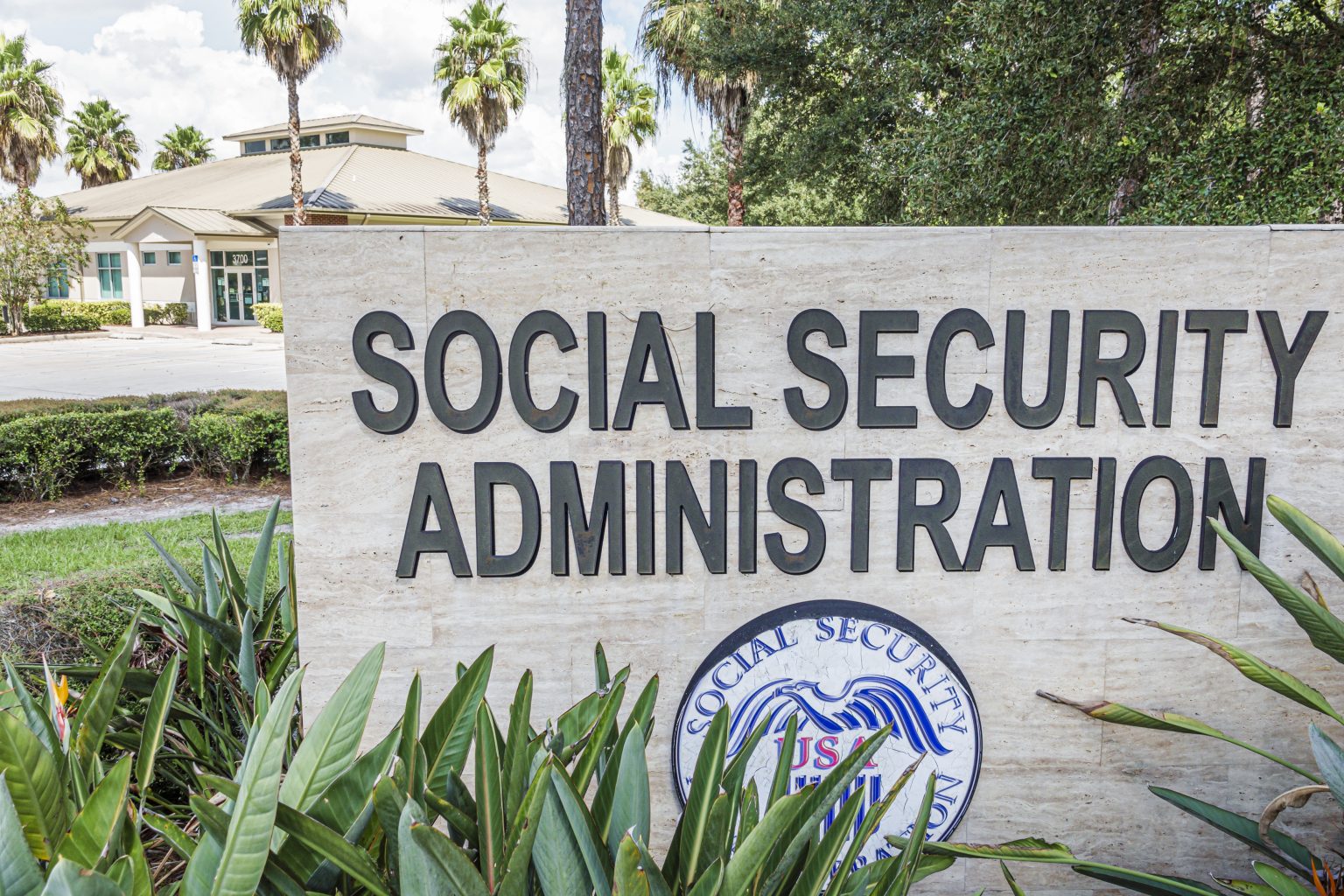Lori Martin, a 44-year-old land use consultant living in Ventura, California, entered the foster care system in 1991 after being a victim of severe child abuse by her maternal grandmother. She had very few positive experiences in foster care, often being moved between homes and falling behind in school. After aging out of the system, Martin never received access to the federal benefits she was entitled to, including survivors’ benefits, Social Security payments, and veteran’s payments from her biological father. Many foster children like Martin have their federal benefits withheld from them when they turn 18, leaving them without financial support as they transition into adulthood.
A recent study from the Children’s Advocacy Institute at the University of San Diego School of Law revealed that states across the country are regularly siphoning federal benefits from foster children. This practice is part of states’ efforts to offset their financial obligations to pay for foster care by using the children’s funds. Despite federal laws requiring that foster care agencies prioritize the best interests of children and use benefits to address unmet needs or save for the future, states often apply for the benefits and deposit the checks into their own programs. This leaves many foster children without the financial support they are entitled to as they leave the system.
Foster children who age out of the system without access to their federal benefits are at a significant disadvantage. Nationally, between 40,000 and 80,000 foster children are eligible for federal benefits, which could amount to over $11,000 a year. This money could be used to fund higher education or prevent homelessness for foster youth at age 18. Currently, less than 3 percent of foster children graduate with a bachelor’s degree, and a third of those who remain in foster care after age 17 will experience homelessness. Despite these challenges, many foster children are not receiving the financial support they are entitled to.
California previously passed a law preventing the state from withholding foster children’s benefits, but Governor Gavin Newsom vetoed the bill. Reports from the Children’s Advocacy Institute have shed light on how state governments are keeping foster children’s benefits from them, yet the general public remains largely unaware of these issues. Foster parents can receive monthly payments ranging from $450 to $700 per child, creating an incentive for some to view foster children solely as a source of income rather than prioritizing their well-being. This financial exploitation of foster children underscores the need for greater awareness and accountability within the foster care system.
Lori Martin’s experience highlights the lifelong impact of foster care for many individuals. She struggled to access her federal benefits after aging out of the system, which significantly impacted her ability to build a stable life. Despite facing homelessness and other challenges, Martin has not received the financial support she is entitled to. The systemic issues within the foster care system, where states prioritize cost-cutting measures over the well-being of children, continue to pose significant barriers for foster youth. Addressing these issues and ensuring that foster children receive the support they need as they transition into adulthood is essential in creating a more equitable and supportive system for all involved.


